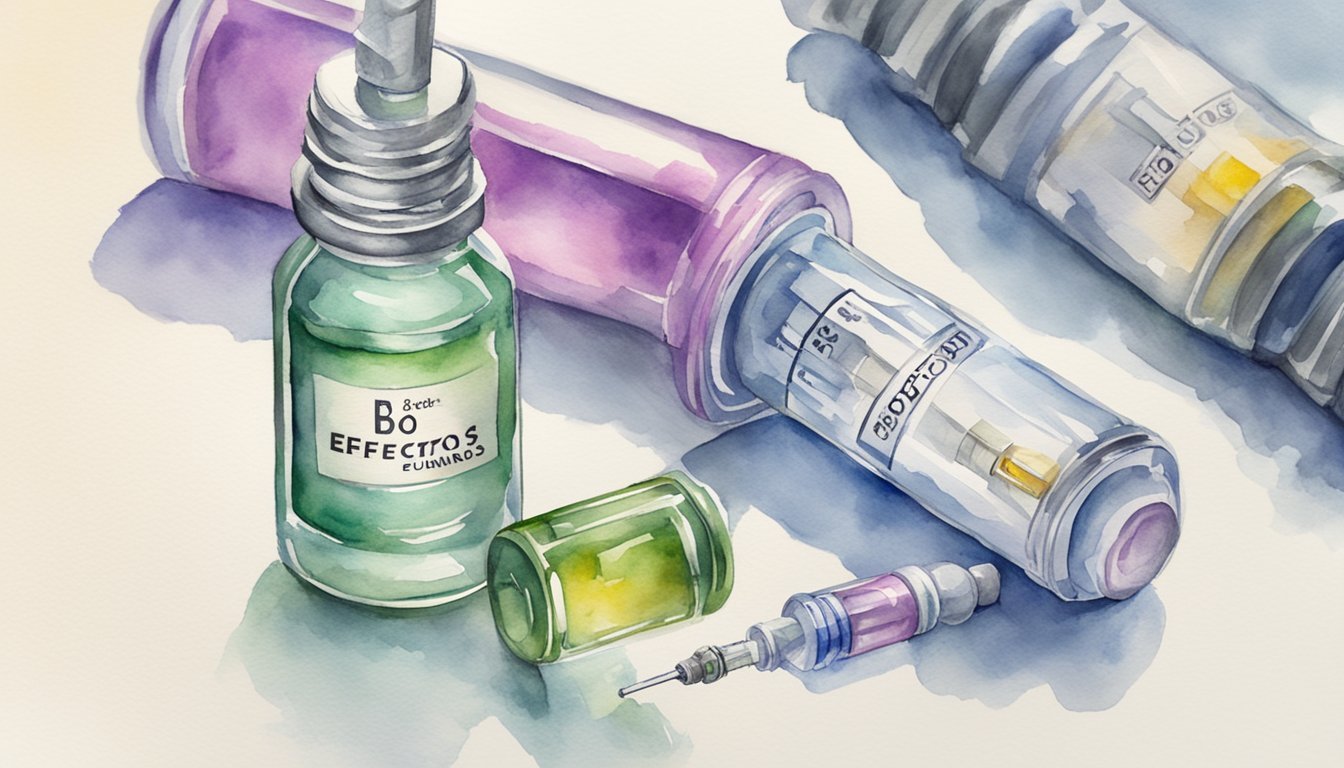Understanding Botox and Its Primary Effects

Before delving into Botox, it’s essential to understand that it’s not just a cosmetic treatment, but also a medical drug that has been thoroughly studied. The beneficial effects of Botox range beyond mere aesthetics, playing a crucial role in managing various health conditions.
What Is Botox?
Botox is the trade name for a substance known as toxina botulínica tipo A, which is a purified neurotoxin derived from bacteria. Despite its toxic origins, when used in controlled, small doses, it has the ability to safely diminish the appearance of facial wrinkles and treat a range of medical conditions.
Common Uses of Botox
The uses of Botox are twofold: cosmetic and medical. Cosmetically, Botox injections are primarily applied to reduce lines and wrinkles on the face, such as crow’s feet, frown lines, and forehead creases. Medically, it’s used to treat various conditions including chronic migraines, excessive sweating, overactive bladder, and even muscle spasticity.
The Mechanism Behind Botox
Botox works by blocking the nerve signals to the muscles where it is injected. This inhibition prevents the muscles from contracting, which in turn smooths the wrinkles and can also alleviate certain muscle-related conditions. It’s a temporary treatment, with effects typically lasting for 3 to 4 months before the nerves regenerate and muscle activity returns to normal.
Side Effects and Safety Considerations
Botox injections are a popular cosmetic treatment but come with various side effects that range from mild to severe. This section breaks down the potential side effects and provides important safety information for both patients and providers.
Common Side Effects of Botox
The common side effects of Botox may include pain, swelling, or bruising at the injection site. Patients might also experience headache, muscle weakness, or flu-like symptoms. These side effects are typically short-term, resolving within a few days. In rare cases, Botox can cause more serious complications such as difficulty swallowing, breathing issues, or muscle drooping, which may require medical attention. It’s important to discuss any existing health conditions and medications with a healthcare provider to minimize risks. Similarly, those considering alternative products like functional beverages should research potential effects, such as Ryze mushroom coffee side effects, to ensure they are making informed choices.
Potential Risks and Severe Reactions
In rare cases, Botox can lead to severe reactions. Some individuals may develop an allergic reaction, causing symptoms such as itching, rashes, or swelling in the lips, eyelids, or throat which requires immediate medical attention. Longer-term effects should be closely monitored as they might indicate antibody formation that reduces treatment efficacy.
Botox Treatment Precautions
Certain precautions should be taken before undergoing Botox treatment. Individuals who are pregnant, breastfeeding, or have a neurological disease should avoid Botox. Before the procedure, discussing all precautions with a healthcare provider is essential to ensure safety and reduce the risk of complications.
Safe Practice and Administration
For Botox to be administered safely, the provider must be properly trained in both facial anatomy and Botox injection techniques. The proper administration of Botox is crucial to minimize risks such as drooping eyelids or asymmetry. Following post-treatment guidelines is also important to support recovery and optimize results.

